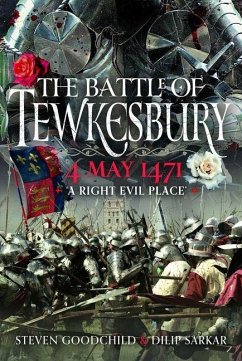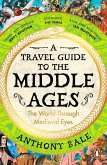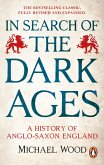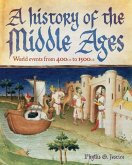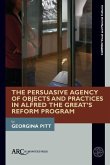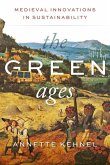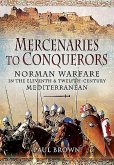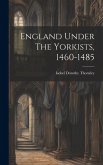The great Medieval battle at Tewkesbury, occurring on Saturday, 4 May 1471, saw the House of Lancaster finally defeated in the series of bloody conflicts known today as the Wars of the Roses. After the Lancastrians were defeated at the Battle of Towton in 1461, King Henry VI was imprisoned. His Queen, Margaret of Anjou, and son, Edward of Westminster, fled to France and exile. Temporarily, the Yorkist King Edward IV's throne was secure. The King's cousin, however, was the powerful Richard Neville, Earl of Warwick; the pair became estranged when Edward secretly married Elizabeth Woodville, widow of a mere country knight, dashing Warwick's efforts to secure a diplomatic match with France. Accused of treason, Warwick and Edward's brother, George, Duke of Clarence, escaped to France. Warwick's only hope was to restore Henry VI, and he entered into an unholy alliance with his former sworn enemy, Margaret. Warwick returned to England, raised an army, forcing Edward into exile in Flanders, and restored Henry VI. Edward, however, received aid from the Duke of Burgundy, returned to England, and met Warwick at the Battle of Barnet on 14 April 1471. Dense fog made for a confusing fight, in which Warwick was killed. On the same day, Margaret and Prince Edward landed at Weymouth, intending to march north and combine with other Lancastrian forces. Two days later, King Edward, hearing of Margaret's presence, readied his army. Margaret needed to cross the Severn, but the gates of Gloucester were barred, forcing the Lancastrians, who outnumbered the Yorkists by several hundred, to continue on towards the next bridge at Upton. Just over half way, after a lightning-quick march, King Edward caught Margaret's army at Tewkesbury, a place bisected by streams and rivers; little wonder, then, that a chronicle later described Tewkesbury as 'A right evil place'. At the pivotal moment in the battle that ensued, Edward committed his 200 spears to battle. This broke the Lancastrian resolve, and the survivors fled. Prince Edward was amongst the slain. Having lost her son and the Lancastrian's last hope, Margaret was a broken woman. Possibly captured near Malvern, on 21 May 1471, Edward rode in triumph through London with Margaret, the defeated Lancastrian 'She Wolf', beside him for all to see. That night, King Henry died in the Tower of London, most likely murdered by the Yorkists. In this book, Steven Goodchild and Dilip Sarkar not only uncover the story of what happened at Tewkesbury in May 1471, but take the reader on an insightful tour of the battlefield as it is today.
Bitte wählen Sie Ihr Anliegen aus.
Rechnungen
Retourenschein anfordern
Bestellstatus
Storno

